Turning Challenges into Solutions
Manage Uncertainty, Improve Performance

Solutions
Boosting Competitiveness and Agility

Consultancy
CAPTURE VALUE & INCREASE EFFICIENCY
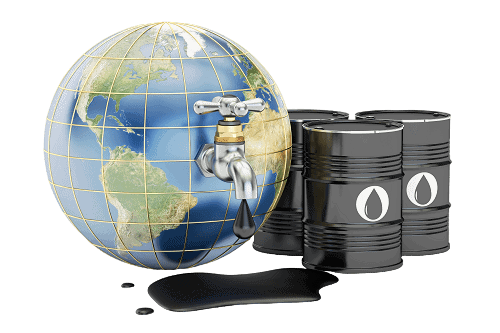
Knowledge Center
Critical Balance
Today’s Ideas, Tomorrow’s Solutions
Pursue Growth and Create Value
Maximize Business Operations And Efficiency
Upcoming Events
10Dec
4th International Congress and Exhibition Türkiye & Black Sea Oil and Gas
Hilton - Bakırköy, Istanbul, TÜRKİYE
No event found!
Did you know?
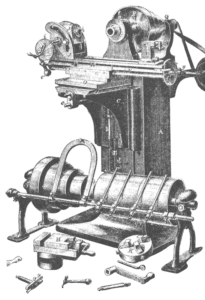
The first CNC machine was invented by John Parsons, who is widely regarded as the “Father of Numerical Control” due to his pioneering work in the field of computer technology.
Ward, J.E., “Numerical Control of Machine Tools,” McGraw Hill Yearbook of Science and Technology, McGraw-Hill, New York, 1968
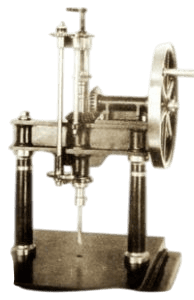
The development of the first milling machine is often attributed to James Nasmyth, a Scottish engineer, who invented it around 1829. His design incorporated a rotary cutting tool and a table that moved in multiple directions to achieve precision and versatility.
James Nasmyth, Engineer, An Autobiography, Cambridge University Press, 2010

Rotational molding dates back to the early 1900s, originally used for making hollow wax products and later chocolate molds before being adapted for plastics.
Throne, J. L. (1996). Rotational molding: Technology, design, and materials. Hanser Publishers.
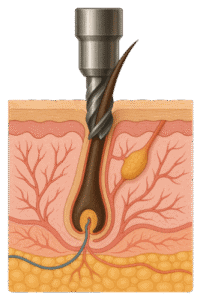
Precision machining is so accurate, it can achieve tolerances as tight as ±0.0001 inches — thinner than a human hair!
Slocum, A. H. (1992). Precision machine design. Society of Manufacturing Engineers.
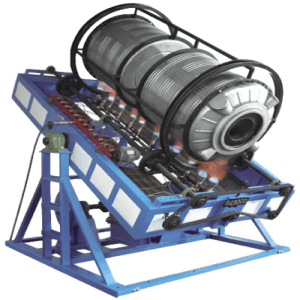
Unlike other plastic forming processes, rotomolding doesn’t use pressure — it relies on heat and rotation to form hollow, seamless parts with even wall thickness.
Rosato, D. V., & Rosato, M. G. (2004). Rotational molding technology. William Andrew Publishing.
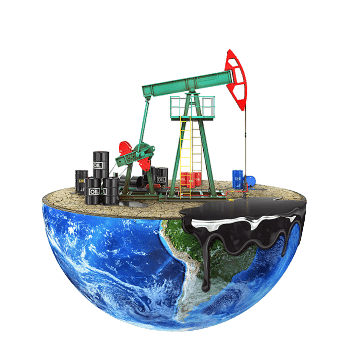
Petroleum is made up of hydrocarbons that were originally formed from the remains of ancient plants and animals.the petroleum we use today was formed from the fossils of animals and plants that pre-date the dinosaurs
National Geographic Education. “Petroleum.” 2015
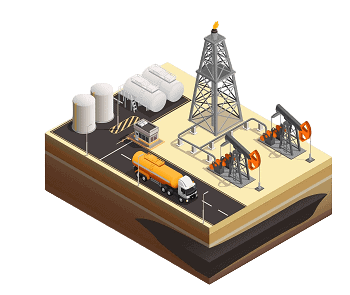
The world’s first commercially successful oil well was drilled in Titusville, Pennsylvania, in 1859 by Edwin Drake.
American Chemical Society, 2015
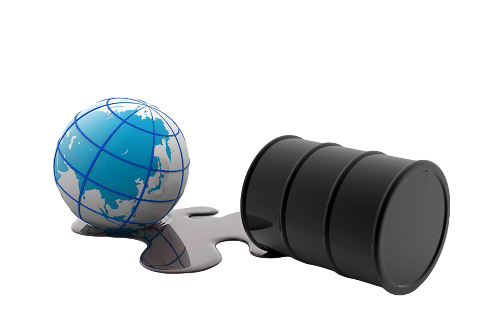
Oil and gas have played an important role throughout world history. Ancient cultures used crude oil as a substance for binding materials and as a sealant for waterproofing various surfaces
National Geographic Education. “Petroleum.” 2015







